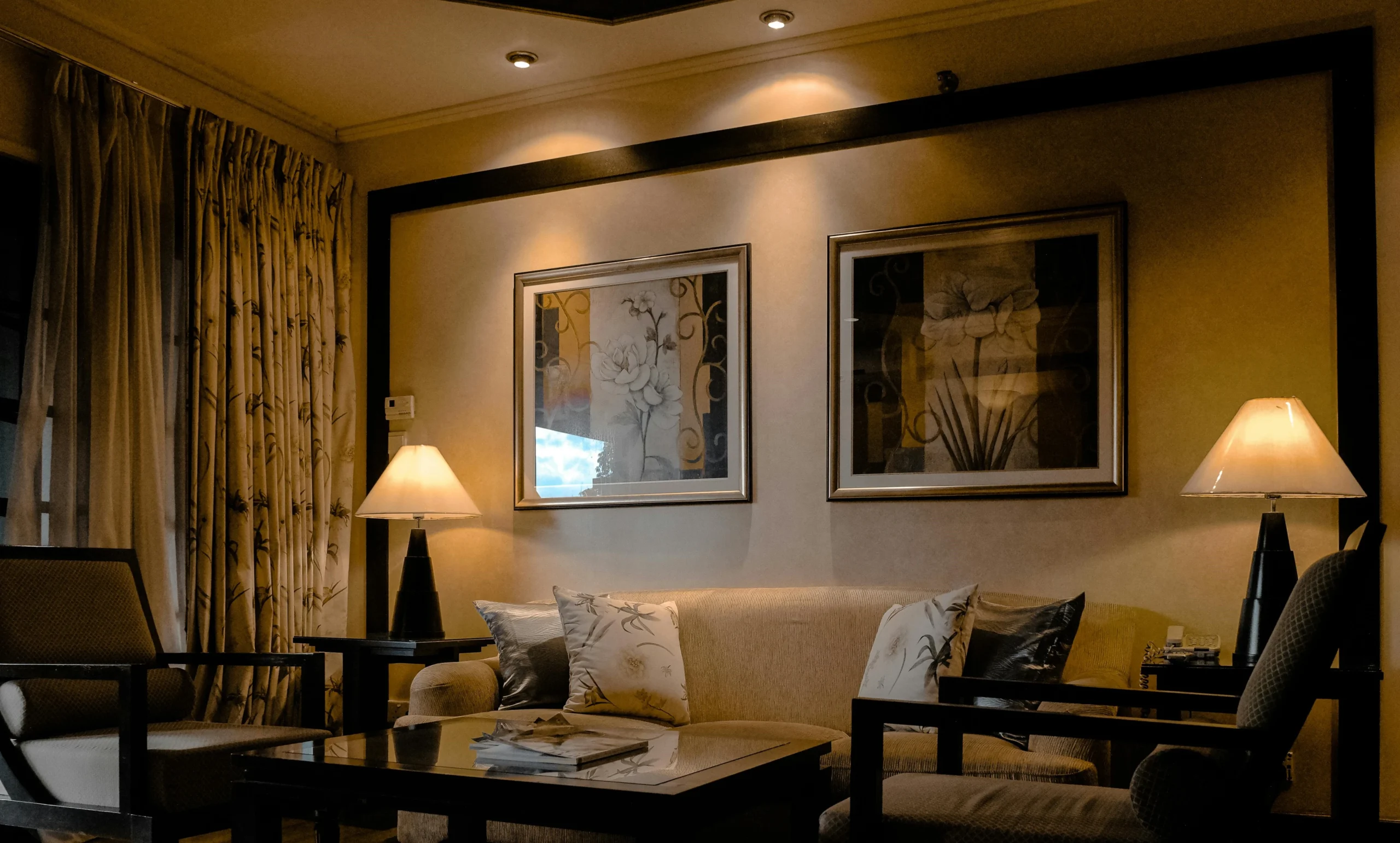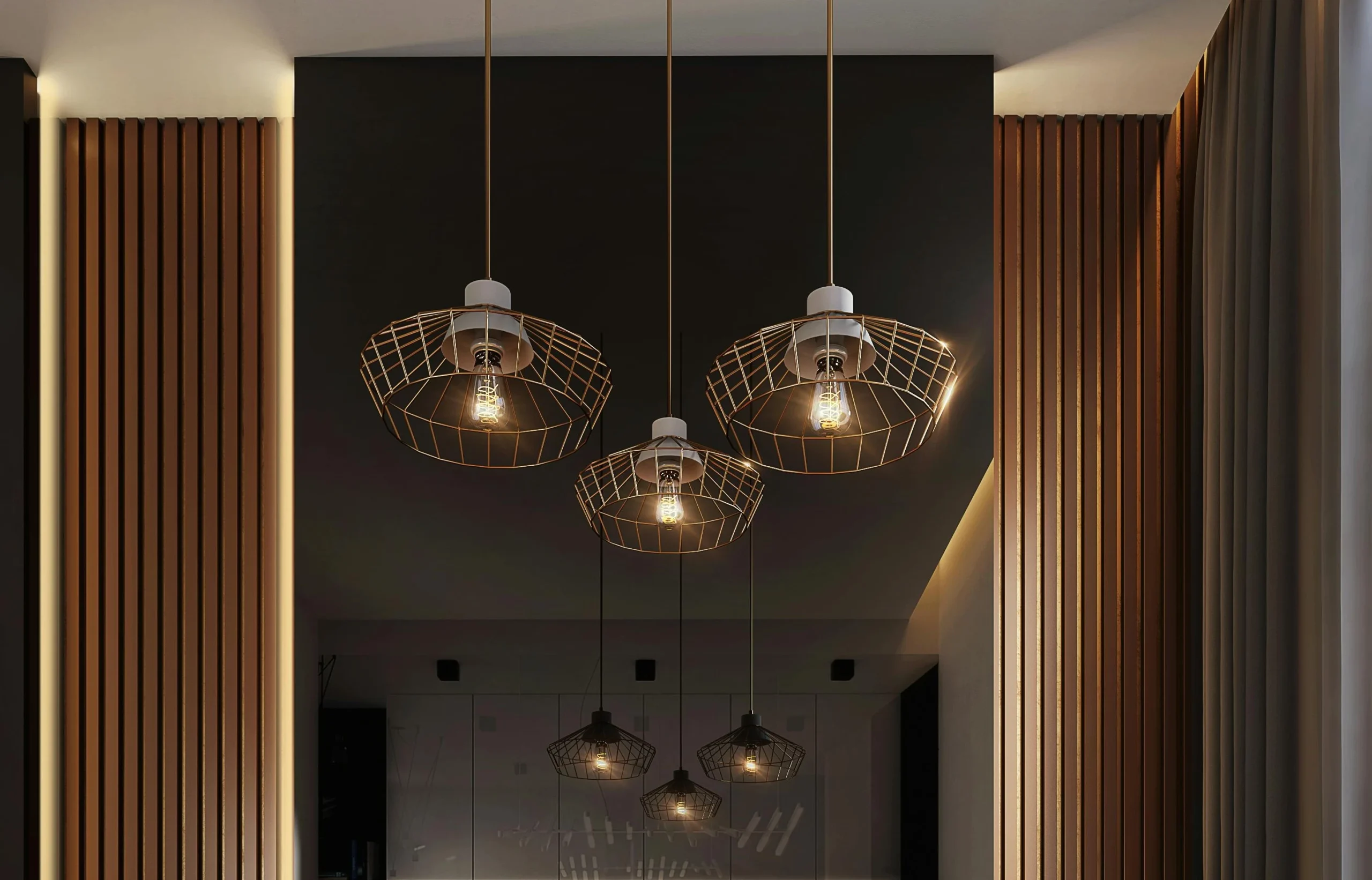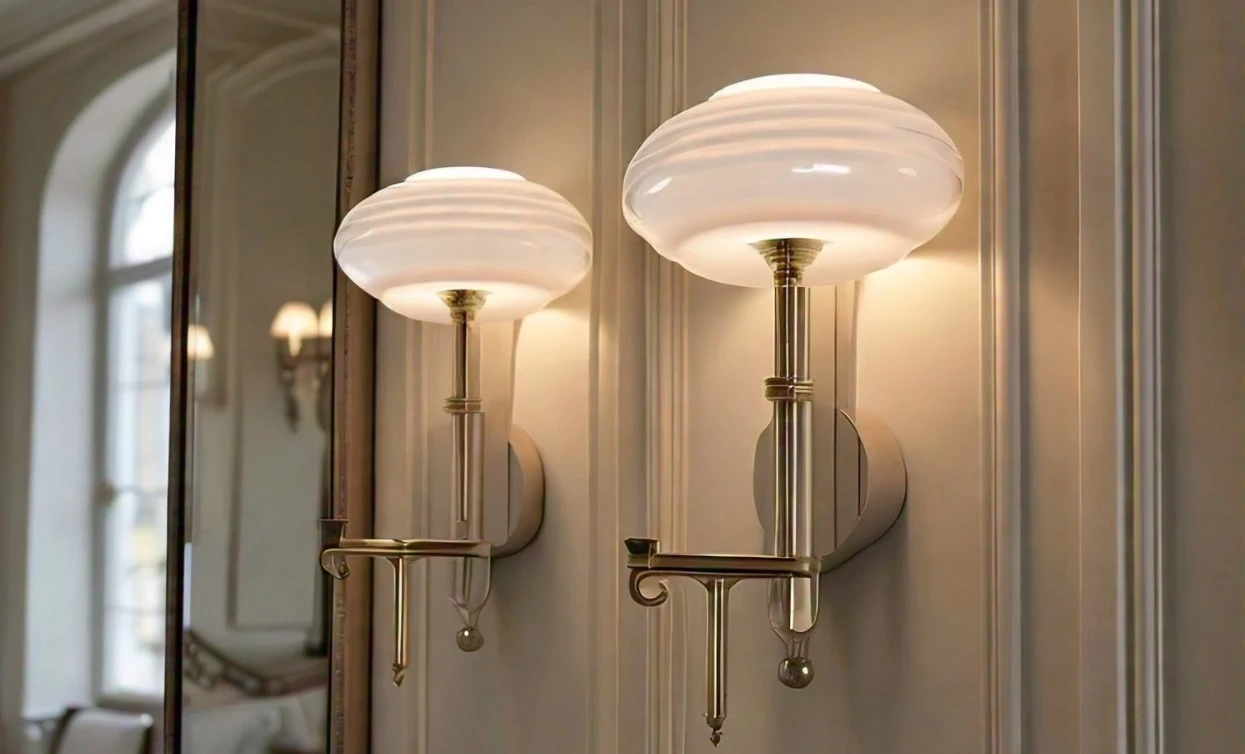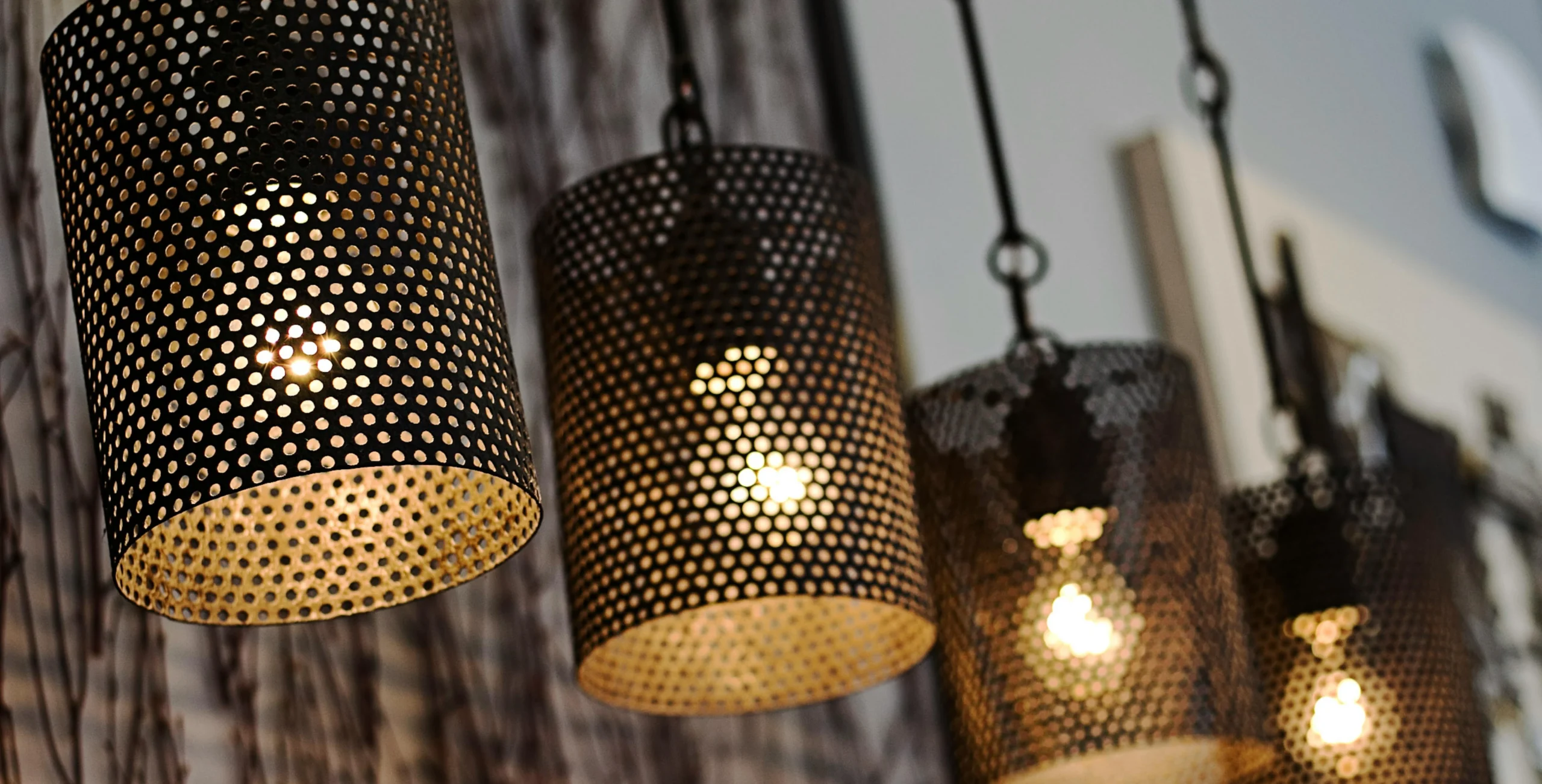Lighting is important in interior design because it sets the mood and enhances the aesthetics of the space. It is more than just lighting a room; it is about creating an ambiance that makes a house feel like home. Decora Sale understands the profound impact of lighting and offers an extensive range of lamps and lights to help you create your desired ambiance.
The Role of Lighting in Interior Design
Lighting is one of the most essential elements of interior design because it has the power to influence the mood, functionality, and overall look of a space. Here are a few ways lighting impacts interior design:
Mood and Ambiance: Lighting can set the vibe of a room. Soft and warm lighting creates a cozy and welcoming ambiance, whereas bright, cold lighting makes a space feel lively and alive.
Functionality: Proper lighting is crucial for performing tasks. For example, task lighting in a kitchen or home office gives focused light, making it easier to see and work.
Aesthetics: Lighting can enhance architectural features, create focus points, and add depth and dimension to a room. It can improve the color scheme and style of your décor.
Types of Lighting
To create a well-lit and balanced room, a variety of lighting sources must be used. Here are the three main types of lighting and how they can be used in your home:
1. Ambient Lighting
Ambient lighting, often known as general lighting, gives overall illumination to a room. It is the basic layer of lighting, setting out the foundation for the rest of the lighting design. Ambient lighting must be soft and even, creating a pleasant level of brightness without glare.
Examples of Ambient Lighting:
- Ceiling-mounted fixtures such as pendant lights, chandeliers, and recessed lights
- Wall-mounted fixtures such as sconces
- Floor and table lamps
Tips for Using Ambient Lighting:
Adjustable fixtures allow you to modify the light level according to your mood and time of day.
Consider the room’s size and height while selecting fixtures to ensure even light dispersion.

2. Task Lighting
Task lighting focuses on lighting that helps you with specific tasks like reading, cooking, or working. It should be bright enough to avoid eye strain, but not so bright that it gives harsh shadows.
Examples of Task Lighting:
- Desk lamps and reading lamps
- Vanity lights in the bathroom
- Under-cabinet lighting in the kitchen
Tips for Using Task Lighting:
Place task lighting where it is most needed, such as over a workspace or near to a reading chair.
Use adjustable fixtures to direct light exactly where you need it.
3. Accent Lighting
Accent lighting highlights particular features or objects in a room, such as architectural details, artwork, or decorative pieces. It gives depth and dimension to a place and can have a dramatic impact.
Examples of Accent Lighting:
- Track lighting and spotlights
- Picture lights
- Up-lights and down-lights
Tips for Using Accent Lighting:
Use accent lighting carefully to set up focal points without dominating the environment.
Combine accent lighting with other types of lighting for a balanced look.

Creating a Warm and Welcoming Home with Lighting
Now that we have gone over the several types of lighting, let us look at how to use it to create a warm and welcoming home.
1. Layer Your Lighting
Layering your lighting involves combining ambient, task, and accent lighting to create a well-lit and balanced environment. Every type of lighting has a specific purpose, and when used together, they can elevate the overall look and feel of a room.
Tips for Layering Lighting:
- Start by using ambient lighting to generate overall illumination.
- Add task lighting where you need direct light for specific duties.
- Accent lighting is used to highlight features and create focus areas.
2. Choose the Right Color Temperature
The color temperature of a light bulb can influence the ambiance of a room. Warm white light (2700K-3000K) creates a pleasant and inviting ambiance, while cool white light (3500K-4100K) is more encouraging and works well in task-oriented areas. Daylight (5000K-6500K) is bright and clear, making it ideal for workplaces and areas requiring precise color perception.
Tips for Choosing Color Temperature:
- Use warm white light in bedrooms, living rooms, and dining spaces to create a cozy and relaxing atmosphere.
- Cool white lighting can be used in kitchens, baths, and home offices to create a bright and energizing environment.
- Use daylight bulbs in spaces where you need to view intricate details, such as craft studios and garages.
3. Add Dimmers and Smart Lighting
Dimmers and smart lighting enable you to adjust the brightness according to your needs and preferences. They give you control over the atmosphere of a room and can help save energy.

Tips for Using Dimmers and Smart Lighting:
- Install dimmer switches on all your main lighting fixtures to control the brightness.
- Use smart bulbs and smart plugs to control lighting remotely and set schedules.
- Experiment with different lighting levels to create the perfect setting for any occasion.
4. Highlight Architectural Features
Accent lighting can be used to emphasize architectural features like fireplaces, built-in shelves, and alcoves. This adds aesthetic value to a room and highlights the unique features of your home.
Tips for Highlighting Architectural Features:
- Use track lighting or spotlights to draw attention to objects from above.
- Use up-lighting to create a dramatic impact by projecting light upwards.
- Consider using LED strip lights to define features and offer a modern touch.
5. Incorporate Decorative Lighting
Decorative lighting fixtures such as pendant lights, chandeliers, and table lamps can be used as statement pieces and enhance the overall style of a room. They add charm and elegance to a space while providing functional light.
Tips for Using Decorative Lighting:
- Choose fixtures that match the style and color scheme of your decor.
- Use beautiful lights and fixtures to create focal points in a room.
- Consider the fixtures’ scale and proportion to the size of the room.
Lighting is a key element of interior design that can significantly influence the mood, functionality, and aesthetics of a space. Understanding the several types of lighting and how to use them properly allows you to create a cozy and welcoming home that represents your personal style. At Decora Sale, we have an extensive range of lights and lamps to help you achieve your ideal home design. Whether you are looking for ambient, task, or accent lighting, we have the perfect solutions to brighten up your home.
Explore our collection today!

